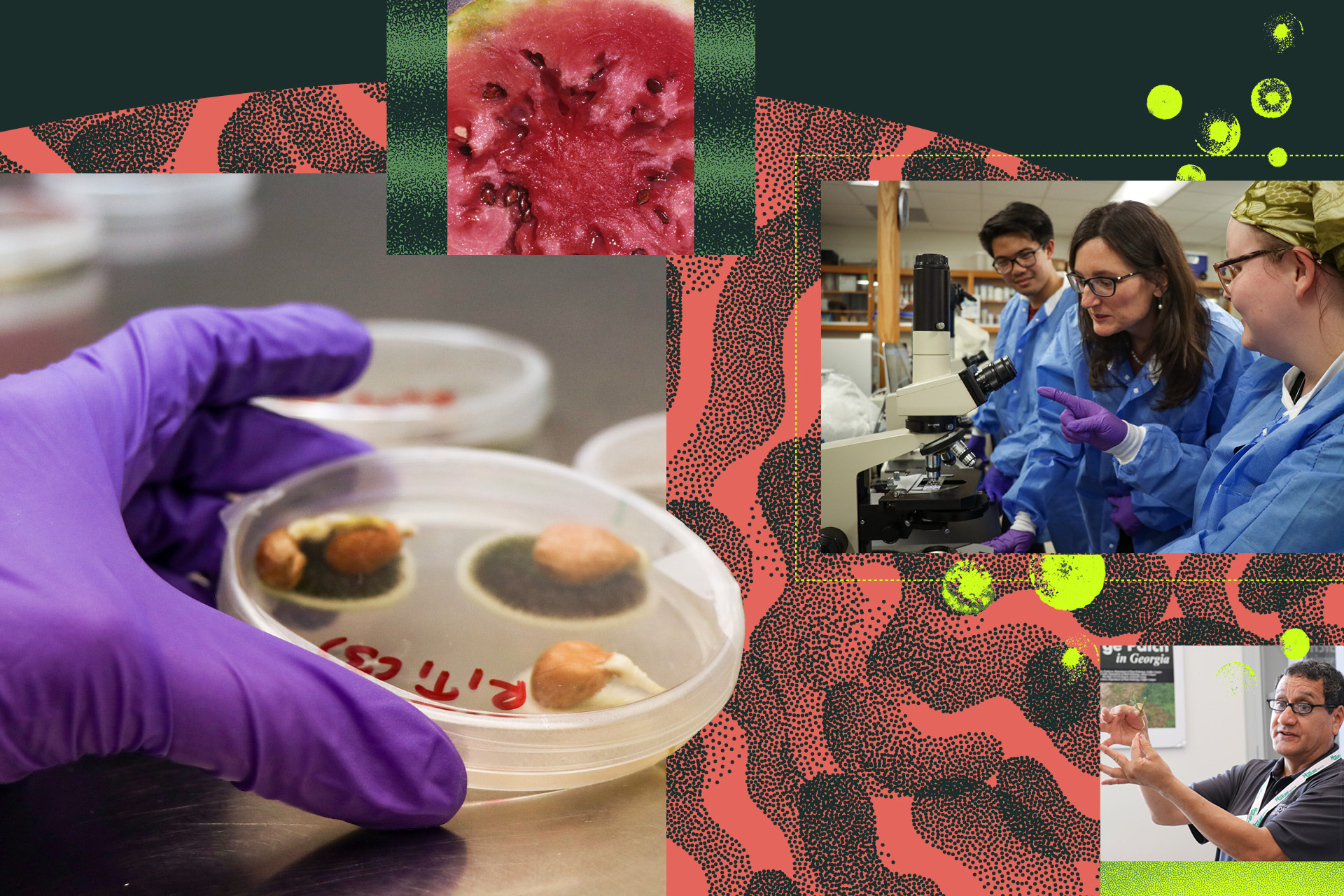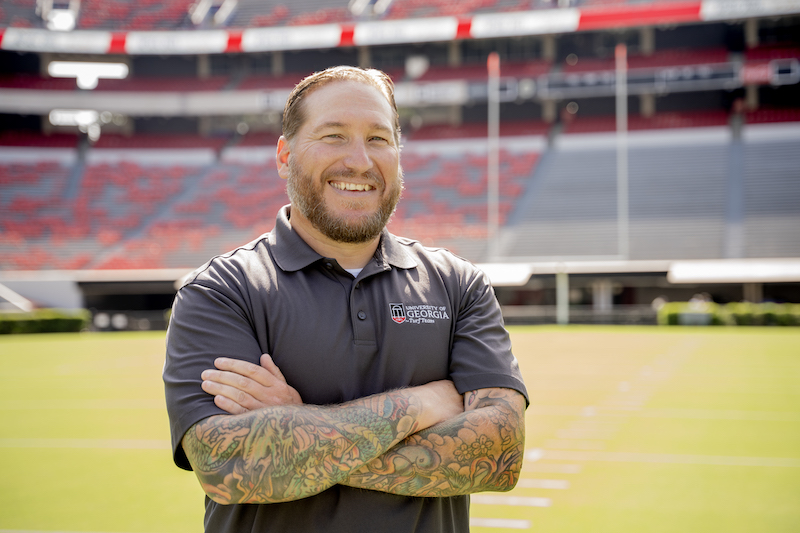 CAES News
CAES News
Turfgrass Blog #1: 2024 Edition
Clint Waltz, Ph.D.
University of Georgia Turfgrass Specialist
January 10, 2024
As this new year begins, weather continues to be weather with impending cold conditions in January – imagine! Within the 7-day forecast the prediction is for air temperatures to range from the low-twenties to low-teens from middle Georgia to the piedmont. With spring 2023 still fresh on the minds of turfgrass professionals where warm-season grasses were slow to grow, questions have arisen as the possible impact of the upcoming “cold snap”. Within biological systems there are few “absolutes” but considering the recent environmental conditions, I foresee a minimal likelihood of damage to turfgrass from this system alone. The warm-season grasses have been dormant for over two months (first frost event for this season in Griffin was November 2, 2023) and frost has been observed 6 of the first 10 days this year (i.e. January), with several being “heavy” frosts. Corresponding, 4-inch soil temperatures have ranged in the mid-40’s. These have been ideal conditions for dormancy – the cessation of growth due to internal and external factors. Cold injury to turfgrass is generally associated with cold and dry conditions. While the late fall and early winter were dry”ish”, recent rainfall has been plentiful for keeping the growth points of the grass plant hydrated. So, do turfgrass managers and homeowners need to do anything to prepare lawns for a January cold snap? Simply stated “No”. There are things not to do, however. Do not “freeze”, or irrigate, your lawn. For some crops (e.g. strawberries) short-term freeze events can be mitigated by encapsulating the plant in ice. That may sound counterintuitive, but water freezing is an exothermic (gives off heat) process. For it to work, irrigation must be continuous until air temperatures rise above freezing. This time of year, warm-season grasses do not have green tissue, or fruit, to preserve with this technique. Additionally, the excess water can do more harm to the turfgrass root system by saturating the soil. This applies to cool-season grasses, like tall fescue, as well. Lastly, there is no need to fertilize for the forecast conditions. Currently, there is minimal biological activity in warm- and cool-season grasses with low nutrient uptake. Applying any fertilizer now has a greater likelihood of leaching beyond the root system than being taken up by the plant. Why spend money on nutrients the plant will not use? Unlike last year, the air and 4-inch soil temperatures this January have been cool and not stimulated a premature green-up. Grasses are fully dormant and resilient enough to handle some cold weather.
Turfgrass Research Field Day
August 7th, 2024
UGA Griffin Campus
Green & Growing with Ashley Frasca
Need lawn tips for the spring? Watch this quick video with Ashley Frasca and Dr. Clint Waltz to figure out how to make your lawn happy and healthy as we head into spring.

The National Academy of Inventors (NAI) has selected five University of Georgia researchers as 2024 NAI Senior Members, the largest single induction for the university in its history. UGA now has 16 Senior Members overall.
NAI Senior Members recognize faculty, scientists, and administrators for their ability to innovate and commercialize new technologies. UGA’s 2024 inductees are Elizabeth Brisbois, David Crich, Qingguo “Jack” Huang, Paul Raymer, and Ralph Tripp.
Read More here: @UGAResearch

